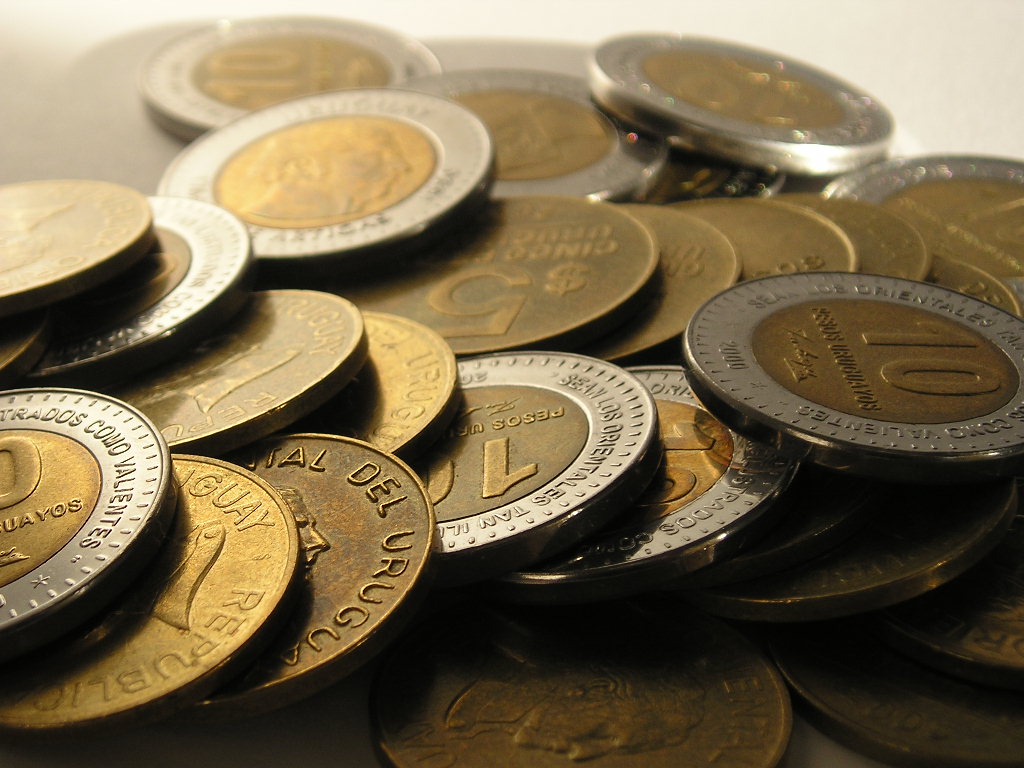Different Card Types
This is a quick overview (and far from exhaustive) about the different types and ways to classify credit cards. As this is an industry where lots happens on a short timeframe, please excuse any inaccuracies!
TYPES OF CREDIT
As has been mentioned elsewhere on this site, there are different types of credit that are considered when you apply. The band you fall into will depend on your credit score, what credit record you have, your level of earnings and the amount of outstanding debts you have (such as lots of credit cards you never fully pay off!). Usually the mainstream banks concentrate on the latter two categories, but more lenders are moving into all the bands with a range or "family" of cards designed to cater for all credit types.
Sub-prime: These are regarded as a high credit risk as users may have no credit history, or a credit record with a number of problems in repaying credit on it. Most lenders will reject these types of applicants, at least for lower interest cards that have high credit limits. Specialised lenders such as Vanquis and CapitalOne offer cars exclusively for this end of the market.
Prime: Prime credit are everyday lenders who do not have a history of problems and could resonably expect to have an application for a mainstream bank card accepted. This covers, obviously, a huge range of the potential market so the exact type of cards you can expect to be granted will depend on your income and credit rating.
Super-prime: Not to be confused with the technical term frommathematics, you will hear some lenders reder to "super-prime" prospects. These are generally high income earners and they tend to reserve special cards and products for this group which aren't usually advertised very widely. The key here is exclusivity, these cards tend only to be offered to high-level earners and those with a long established history witht he lender . . . often the super-prime cards are regarded as status symbols in themselves.
Credit Cards
0% Balance Transfer Cards - These are cards that offer 0% interest on balances that are transferred from other loans or cards. Essentially they are a marketing ploy to get you to transfer from one card provider over to another, but can be useful in consolidating a number of payments into a single one (which often has a lower overall interest rate). Because this tactic proved so successful and so many companies tried to under-cut eachother in their offerings, this led to consumers frequently switching between cards to keep the interest payments on their balances at 0%. Rather disgracefully, lots of credit companies started calling these consumers "card tarts" - I mean, if you are going to offer this, why shouldn't people save some money and take advantage of it? (sounds like sour grapes after being "outsmarted" by their customers, if you ask me).
As a result, balance transfers are now more limited in scope. They typically offer 0% on a fixed period and have tie-in clauses so you can't transfer an outstanding amount to another card without paying some proportion of interest on the sum you borrowed. If you are using a 0% balance card to reduce debts and improve credit, then make sure you pay off the balance during the 0% interest period to make the most of the opportunity.
Cash back/Reward cards - One way of keeping customers loyal to a particular card is to offer a reward scheme. This is linked to the amoutn spent on the card,so the more you spend, the more rewadrs you get. Possibly the most famous option (that I think has been around the longest) is the "air miles" reward system. Spending large sums will eventually fund a free flight to a place of your choice, wehich can be handy if you are saving for a dream holiday somewhere, or have a family (and find air travel expensive as a group).
There are lots of other varieties available now: some offer vouchers or rewards on services, others even offer actual cash. Percentages and timeframes can vary - some cashback offers will be limited to the first few months of opening an account, or go to a lower percentage. Others may require a minimum level of spending so check the terms and conditions carefullty. Also be realistic, how much will you actually have to spend in order to get your dream flight to the USA? Unless you use your cared regularly as a matter-of-course you may find that in the long term you spend more to get the rewards than it would cost to pick up a cheap deal on the flight anyway!
A suitable reward card depends on your circumstances. I spend a lot on groceries each month, so use a supermarket card to buy them which gives me reward points that I can use as vouchers off my grocery shopping. Other people who travel a lot and can use company travel to boost their air-miles accuont mmight find this helpful. As always, read the small print and figure out how much of a good deal you are likely to get.
Catalogue cards - Similar to the "prepaid cards" (see right column), catalogue cards are often marketed as "credit cards" but really aren't. Targeted at sub prime customers who have difficultty getting credit, they typically feature a membership fee and then offer a credit line to purchase items from a special catalogue of products. Often they are branded to appear exclusive, or carry the same name has higher-end prime cards carried by other lenders.
It's possible you may find these useful if you happen to want products from the catalogue range and if these products are competitively priced, but given they are marketed as credit cards and offer far less flexibility, I'd question if these are a good deal at all. Many feature a 0% lifetime APR feature - see my other advice for deals sounding too good to be true - they feature a membership fee and other charges so there's always some way the company can recover a bit of profit.
Fixed purpose cards - These are types of cards that are limited to specific purposes, such as fuel cards which allow you to buy petrol & diesel. With businesses increasingly trying to keep costs and overspending to a minimum, it's becoming increasingly popular for employees to be issued with cards like these rather than the usual avenue of expenses claims or mileage sheets. Which brings us on to . . .
Company credit cards - Issued by an employer, you must make sure that you get a reciept for everything that you spend on this card - this means a proper VAT receipt in most cases, not just the paper print-out you get at the point of purchase. There's normally also a long and tedious form to fill out each month in order to account and justify every penny spent (unless, it seems, you happen to be a politician and drawing on the Bank of Taxpayer!). Check your statement carefully each month, as company cards are typically used a great dal abroad on business, there's often a higher case of fraud when details are skimmed or cloned, and you wouldn't want to be liable for losses out of your own account.

